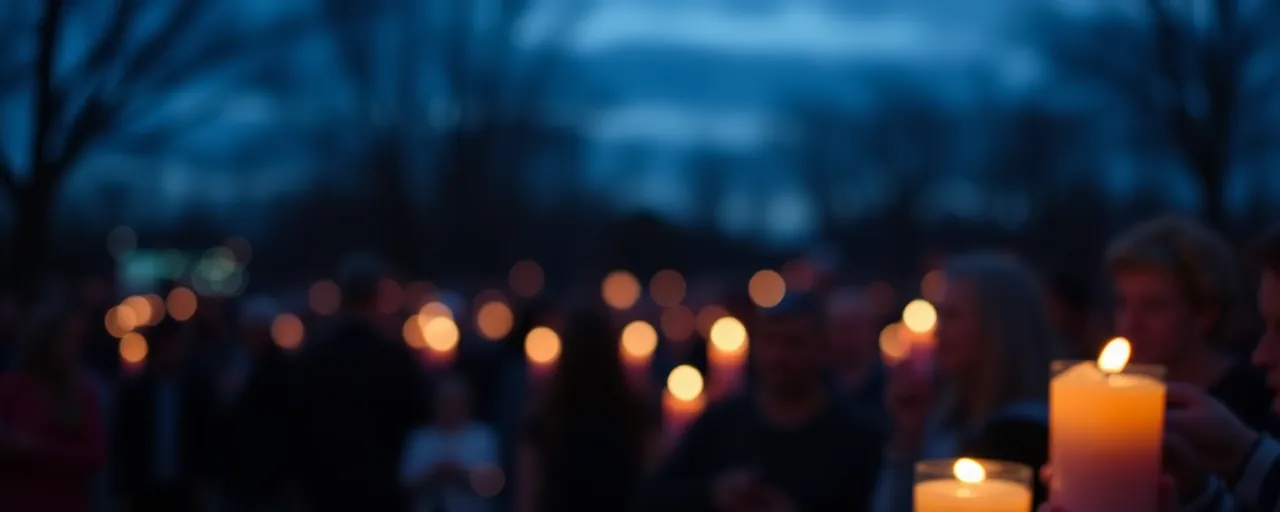A Nation Under Pressure
The United States faces a relentless wave of illicit drug use, with overdose deaths carving a grim tally across communities. On April 3, 2025, the White House unveiled a sweeping strategy to confront this crisis head-on, targeting the flow of deadly substances like fentanyl and the networks that profit from them. It’s a bold promise to reclaim safety and health for millions, but the stakes couldn’t be higher. With lives lost to addiction and trafficking every day, the administration’s blueprint arrives as both a battle cry and a lifeline.
This isn’t a new fight. Decades of policy shifts, border crackdowns, and prevention programs have wrestled with the same beast, yet the drug crisis persists, evolving with each passing year. The latest plan, outlined by the Office of National Drug Control Policy, sets six clear goals for its first year, from slashing overdose deaths to choking off global supply lines. For those unfamiliar with the political machinery, this is about real-world impact: fewer grieving families, safer streets, and a shot at recovery for those caught in addiction’s grip.
Targeting the Fentanyl Flood
Fentanyl stands at the heart of the crisis, a synthetic opioid so potent it’s driven overdose deaths to historic highs. The White House aims to cut these fatalities sharply, building on a recent 24% drop reported between October 2023 and September 2024. That decline, tied to wider naloxone access and treatment expansion, offers a glimmer of hope. Still, the administration’s focus isn’t just on reversing overdoses; it’s about stopping the drug at its source. U.S. Customs and Border Protection seized over 1,000 pounds of fentanyl in January 2025 alone, a haul that underscores both progress and the scale of the challenge.
Beyond the numbers, there’s a human cost that statistics can’t fully capture. Families in states like North Carolina, where overdose deaths halved recently, see the payoff of harm reduction efforts. Yet new threats loom, like xylazine, a sedative creeping into the drug supply and complicating treatment. The White House plan leans on advanced border tech and international pressure to disrupt these flows, a strategy echoing past efforts like Operation Gatekeeper in the 1990s, which tightened control but didn’t end the smuggling game.
Securing Borders, Breaking Chains
The administration’s push to lock down borders and dismantle trafficking networks taps into a long-standing playbook. With southwest border apprehensions down 85% from 2024, thanks to beefed-up patrols and policy tweaks, the focus now shifts to the global stage. Collaboration with the Department of Defense and a $44.5 billion drug control budget signal an all-hands approach. The goal? Cut off the cartels and foreign groups pumping drugs into American neighborhoods, a mission that’s seen over 50,000 pounds of fentanyl intercepted in the last two years.
History offers a mixed verdict on such tactics. Border security has evolved since the Border Patrol’s 1924 founding, with tech like seismic sensors and infrared scopes boosting detection. Yet smuggling adapts too, often slipping through legal ports or underground tunnels. Voices from law enforcement praise the crackdown, while some public health experts argue it’s only half the battle, pointing to domestic demand as the crisis’s stubborn root. The White House counters with a dual approach, pairing enforcement with prevention and recovery.
Prevention and Recovery in Focus
Stopping drug use before it starts is a cornerstone of the plan, drawing on programs like Drug-Free Communities coalitions. These groups, active in rural, suburban, and urban areas, have cut youth substance use by rallying over 43,000 community members. It’s a shift from the mixed legacy of D.A.R.E. in the 1980s, emphasizing local solutions over one-size-fits-all lectures. For everyday people, this means schools and neighborhoods working together to keep kids away from drugs, a practical step with measurable results.
On the recovery front, the administration wants treatment that sticks. With 43.7 million Americans needing help last year, the push is for personalized care, from genetic-tailored meds to telemedicine in remote areas. Innovations like psychedelic therapy for trauma and holistic rehab options signal a modern take, but access remains uneven. Advocates for harm reduction, like naloxone distribution, see promise here, though some in law enforcement worry it softens the fight against traffickers. The White House insists both can coexist.
A Path Forward, Fraught With Questions
The six priorities weave a tight net, from border lockdowns to research-driven solutions. Early wins, like fentanyl seizures and overdose declines, bolster the case. Yet the road ahead bristles with hurdles. Trafficking networks are nimble, addiction’s roots run deep, and coordinating across government levels tests patience and resources. For those watching from the sidelines, it’s a plan that promises safer communities and second chances, but delivering on that vision demands more than intent.
Reflecting on this moment, the U.S. stands at a crossroads. Past efforts, from Prohibition-era smuggling busts to the opioid epidemic’s peak, show progress is possible but rarely linear. The White House’s 2025 strategy bets on a blend of grit and innovation to shift the tide. Whether it succeeds will hinge on execution, adaptability, and a willingness to face the crisis’s messy reality, not just its headlines.
